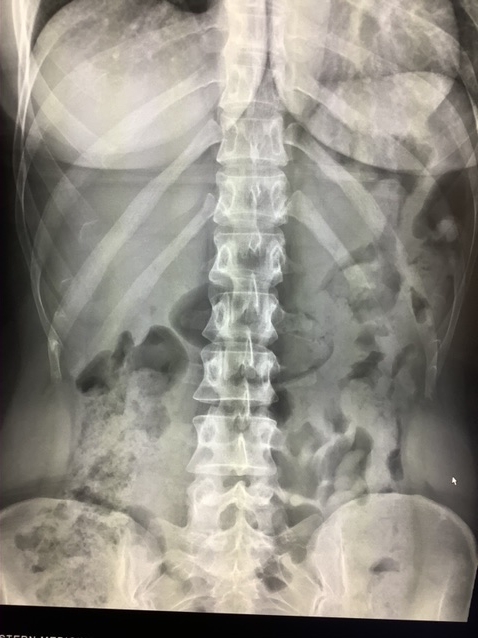Porta Hepatis
The Porta Hepatis is an essential structure in the human body. This article discusses the significance of Porta Hepatis, its functions, and its role in maintaining optimal liver health.
Understanding Porta Hepatis Porta Hepatis is located within the abdominal cavity, just beneath the diaphragm. It acts as a gateway to the liver and is central to various crucial activities. Here’s a breakdown of its roles:
1. Hepatic Artery: The hepatic artery, a vital component of Porta Hepatis, supplies oxygen-rich blood to the liver. This supply ensures that the liver’s cells stay healthy and function optimally.
2. Portal Vein: Nutrient Delivery The portal vein is another component of Porta Hepatis, responsible for carrying nutrient-rich blood from the digestive organs to the liver. This blood contains the nutrients absorbed from the food you eat, which the liver processes and redistributes throughout the body.
3. Biliary System: Bile Production and Release Porta Hepatis also plays a pivotal role in the biliary system. The liver produces bile, a substance that aids in digestion, and the biliary ducts transport it to the gallbladder and small intestine.
Porta Hepatis and Liver Health
Now that you understand the basic functions of Porta Hepatis, let’s explore its importance in maintaining liver health.
1. Nutrient Processing The portal vein’s role in transporting nutrients from the digestive system to the liver is essential. This process allows the liver to break down these nutrients, ensuring they are distributed properly and support various bodily functions.
2. Detoxification One of the liver’s primary functions is detoxification. It filters toxins from the blood, preventing them from circulating throughout the body. The hepatic artery’s supply of oxygen-rich blood helps the liver perform this crucial detoxification process effectively.
3. Bile Production The biliary system, connected to Porta Hepatis, enables the liver to produce bile. Bile is crucial for digesting fats and fat-soluble vitamins. A healthy Porta Hepatis ensures that bile is efficiently delivered to the gallbladder and small intestine, promoting proper digestion.
4. Blood Sugar Regulation The liver is responsible for regulating blood sugar levels. It stores and releases glucose as needed, helping to maintain stable blood sugar levels.
Imaging
In the field of medicine, advanced imaging techniques play a vital role in examining the Porta Hepatis and diagnosing potential issues. Medical professionals employ various imaging modalities, including ultrasound, computed tomography (CT) scans, and magnetic resonance imaging (MRI), to obtain detailed views of the Porta Hepatis and the surrounding structures.
These imaging methods help identify abnormalities, such as enlarged lymph nodes, tumors, or vascular issues, and aid in the early detection and diagnosis of Porta Hepatis-related conditions.
Common Porta Hepatis Conditions
Understanding Porta Hepatis is vital, as it can be affected by various medical conditions. These include:
1. Portal Hypertension When the blood flow in the portal vein is obstructed or increased, it can lead to portal hypertension. This condition can result in serious complications, including the development of varicose veins in the esophagus and other digestive issues.
2. Biliary Tract Disorders Problems in the biliary system, which is closely connected to Porta Hepatis, can lead to conditions like gallstones, cholecystitis, and bile duct obstructions.
3. Liver Diseases Conditions such as cirrhosis, fatty liver disease, and hepatitis can impact the liver’s ability to function optimally.
Maintaining Liver Health
To ensure your liver stays healthy, it’s essential to maintain a well-balanced diet, exercise regularly, and limit alcohol intake. Regular check-ups with a healthcare professional can help identify any issues early on and prevent serious liver-related complications.
Conclusion
The Porta Hepatis serves as a gateway to the liver, ensuring that it receives the necessary nutrients and oxygen for optimal function. By harnessing the power of advanced imaging modalities such as ultrasound, CT scans, and MRI, healthcare professionals can gain a deep insight into the Porta Hepatis and its surrounding structures. This enables them to identify abnormalities, track liver health, and diagnose Porta Hepatis-related conditions promptly

